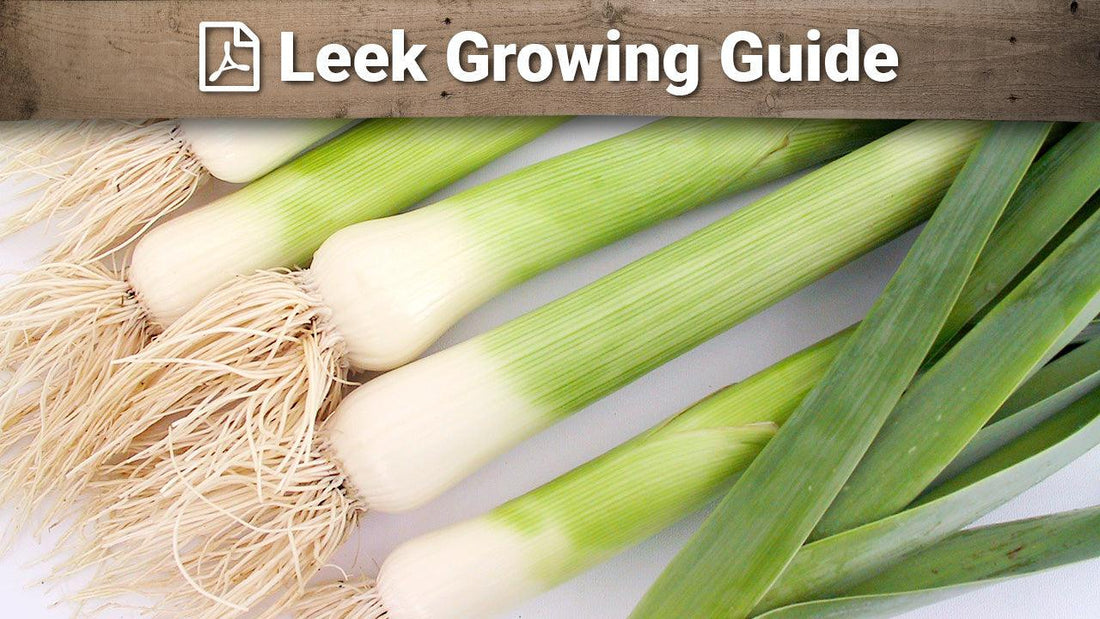Leeks are a versatile and flavorful addition to any garden, providing a mild onion-like taste to dishes and thriving in a variety of climates. With proper planting and care, you can enjoy sweet, tender, and succulent stalks that elevate your culinary creations. Here’s a guide to growing leeks successfully.
Soil Preparation
Leeks grow best in loose, well-drained soils that are rich in organic matter and nutrients. Prepare your garden bed by incorporating high-quality compost or manure. Avoid soils where other alliums like onions and garlic have been grown in the past two years to reduce the risk of diseases such as smut or downy mildew.
Planting and Growing
Fall is the ideal time to plant leeks, especially in mild climates. When planting transplants, dig a 6-inch-deep trench and place the transplants at the bottom. Backfill the trench with soil until it covers about 3 inches of the roots. As the plants grow, continue to fill the trench and hill soil around the stems to blanch the stalks, making them sweet and tender.
Spacing is crucial for healthy growth. Plant leeks 6 inches apart in rows 18–24 inches apart, or intensively in a bed with 6-inch spacing in all directions. Ensure consistent irrigation, providing about an inch of water weekly, and keep the area free of weeds.
Harvesting and Storage
Leeks planted in the fall can be harvested throughout winter and into early spring. Use a garden fork to loosen the soil and gently remove the leeks, shaking off excess dirt. Store them in the refrigerator, where they’ll keep fresh for several weeks.
Leeks are a rewarding crop for gardeners, offering robust flavor and versatility in the kitchen. Start growing leeks today and enjoy this delicious vegetable in your meals.

